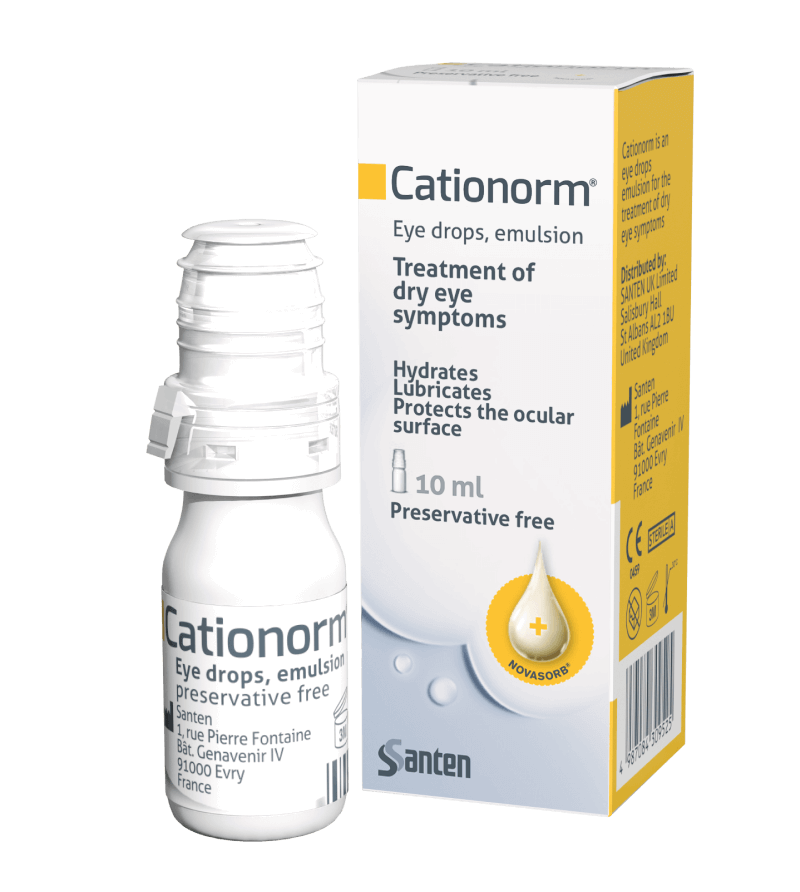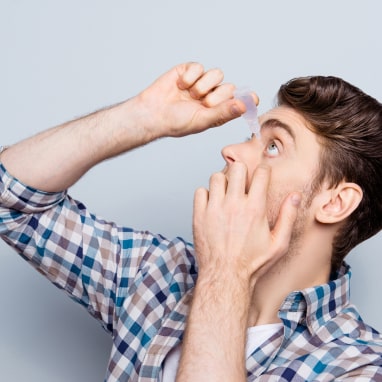Dry eyes are one of the most common symptoms of Sjögren’s syndrome. A survey of over 3,500 Sjögren’s patients in the US found that almost every single one – 95% – had dry eyes!1
Named after the Swedish eye doctor who first spotted the condition almost 100 years ago, Sjögren’s syndrome (it’s easier to say than you might think, give it a go – it’s SHOW-grins) also affects other parts of the body, including causing the mouth, to dry out.2
It’s a long-term condition but most people who have it don’t have serious problems and there are lots of things you can do to help keep you – and your eyes – looking and feeling your best.2
Sjögren’s syndrome fast facts
- It’s pretty common. Around half a million people in the UK have Sjögren’s syndrome.3
- Anyone can develop it, at any age. Most diagnoses are in women between their 40s and 60s, though.4
- Only one in ten of those with Sjögren’s are men.4
- It’s an autoimmune condition, which means it isn’t caused by something from the outside but by the immune system attacking the body by mistake.4
- The two most common signs of this autoimmune condition are dry eyes and a dry mouth.5
- Other symptoms can include dry, itchy skin, a dry cough, severe tiredness, joint and muscle pain, trouble concentrating and remembering things, swollen glands in your neck and face, and vaginal dryness.6
- When Sjögren’s syndrome occurs alone, it is known as primary Sjögren’s syndrome.4
- Some people have it alongside other autoimmune disorders, such as rheumatoid arthritis and lupus. This is called secondary Sjögren’s.4
- There’s no cure but symptoms sometimes go away for long stretches of time (into remission).3
- Complications can include lung problems, problems in pregnancy, damage to vision (we’ll talk about this a bit more later on) and lymphoma (a type of cancer).7
- Joint doctors (rheumatologists) know the most about Sjögren’s.3 Eye doctors, dentists and kidney and lung specialists treat it too.
What causes Sjögren’s syndrome and why does it make eyes dry?
Sjögren’s syndrome is an autoimmune condition. This means that instead of putting its might into fighting off outside invaders such as viruses and bacteria, the immune system gets confused and turns on the body’s own tissues, damaging them.2
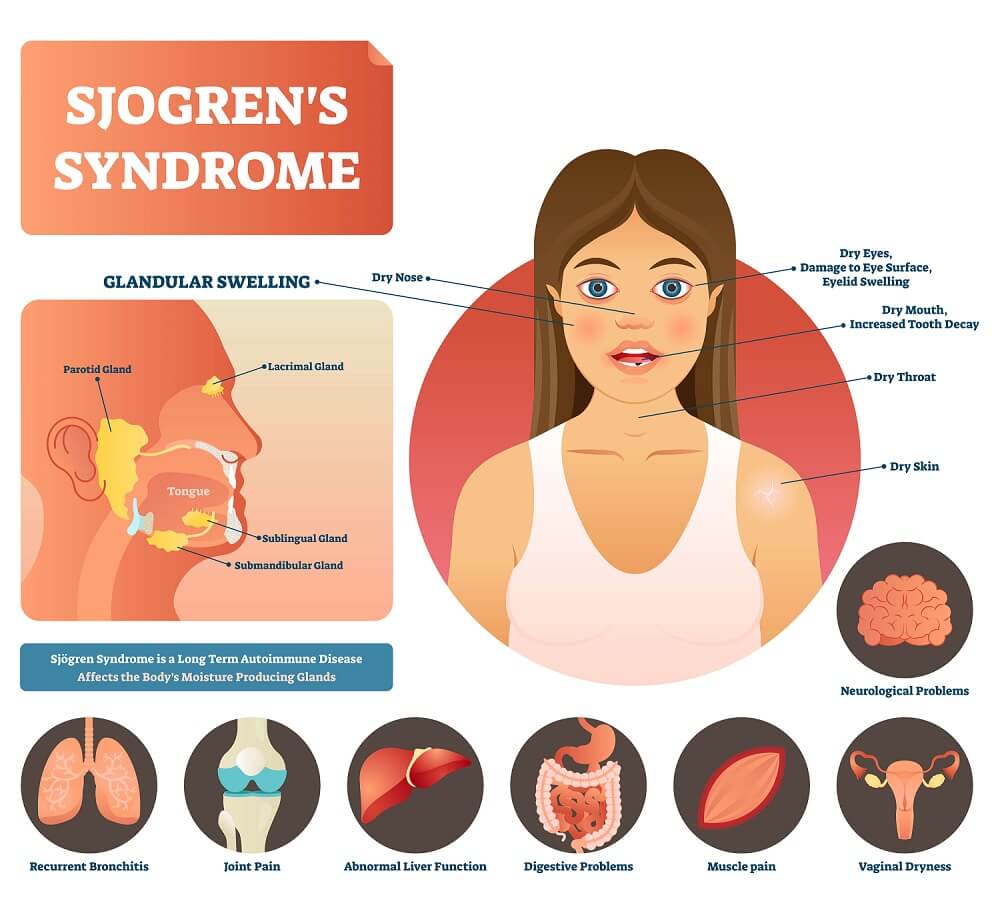
In Sjögren’s, the immune system mistakenly attacks the glands that make tears and saliva first. When that happens, they can’t pump out as many tears and as much saliva as usual, leaving eyes feeling dry, gritty and itchy. A dry, chalky mouth can make swallowing and speaking difficult.5
The immune system can go on to damage other parts of the body, such as the joints and nerves too.5
No one knows why the immune system gets confused like this but it’s thought that some people’s genes may make them more likely to get Sjögren’s.8 This doesn’t mean, though, that if your mum or dad has Sjögren’s, you will automatically get it too.4
And, as most of those with Sjögren’s are women, it’s thought that oestrogen, a female sex hormone, may play a part as well.8
What does Sjögren’s dry eye feel like?
Difficulty in making tears can leave your eyes very dry. You may find that they itch or burn or it can feel like grains of sand are stuck in them. Sjögren’s can also make eyes red and watery and leave vision blurry or make people sensitive to bright or fluorescent lights.18
How do you treat Sjögren’s dry eyes?
If very dry eyes aren’t treated, their outer layer (the cornea) could become damaged over time, leading to permanent damage to sight.7 That’s why, if you have Sjögren’s, it’s important you take care of your eyes.
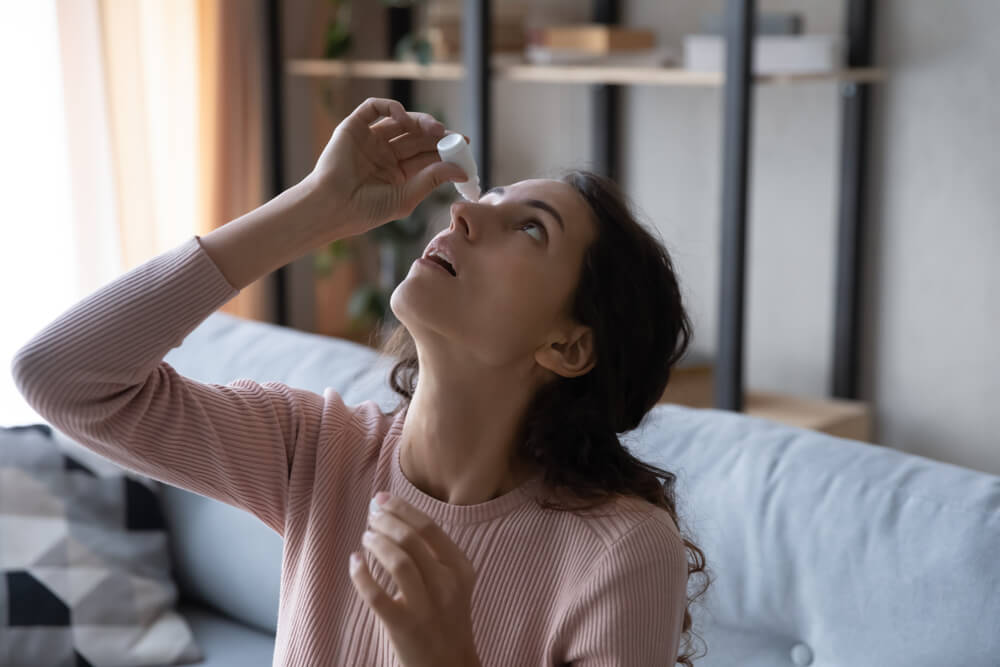
This could be by making small changes to your lifestyle, using eye drops to top up your tears, taking a prescription medicine or having a small procedure.
Lifestyle changes
- Try to avoid dry and windy places – and remember that smoke can make your eyes dry, too.9
- Take breaks when reading and looking at screens – that includes TV, sorry!
- Book yourself in for regular check-ups with your optician.9
- Check the leaflet of any medicine you are taking to see if it can cause dry eyes. If it does, it might be making your eyes even drier – but don’t stop taking it without speaking to your doctor first.9
- Give your dry eyes some TLC by sleeping with a humidifier at your bedside at night.10
- If your make-up is irritating your eyes, see if hypoallergenic products are more gentle.11
Top tip
Get out the goggles! Moisture chamber glasses are special specs that help keep the moisture in by wrapping around your eyes like googles. They may sound a bit odd but the latest designs look just like sports glasses.12
Eye drops, ointments and medicines
Eye drops, such as Cationorm®, can replenish your body’s supply of tears, rehydrate and relieve discomfort, particularly if your dry eye symptoms are mild. Artificial tears, as this type of eye drop is known, are available from pharmacists, without prescription and can be used to treat eyes made dry by Sjögren’s.12
Some eye drops contain preservatives which can irritate dry eyes, so, if you are using your drops a lot, say more than three times a day, think about using a preservative-free brand.9
If artificial tears don’t help, your GP may prescribe drops that have steroid in them for you to take for a short time.12
You doctor can also prescribe tablets that are designed to help your body make more tears and saliva.9
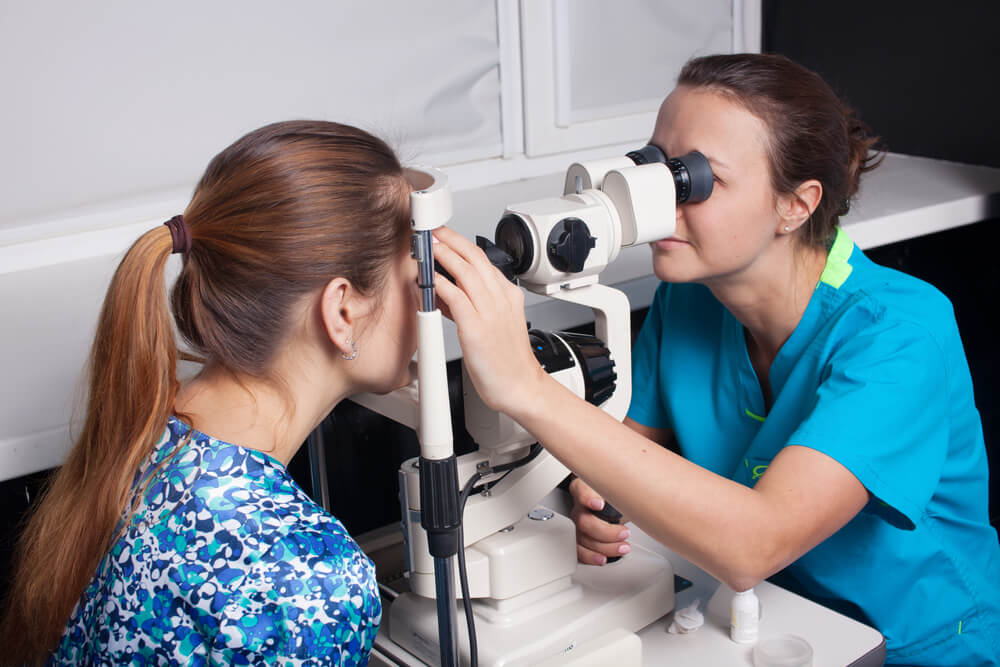
Procedures
Punctual occlusion sounds very grand but, in actual fact, it is a quick and simple procedure that is designed to allow you to make the most of the tears you have. Your doctor puts tiny man-made plugs into your tear ducts to stop your tears from draining away so fast. This keeps them in your eyes for longer and so should help keep your eyes feeling moist.2
There are lots of treatments for other symptoms. Your GP, pharmacist or the specialist who is treating your Sjögren’s will be able to tell your more.
Top tip
You may have heard to avoid sitting directly under air conditioning vents but what about other air that could be blowing into and drying out your eyes? Think about adjusting the air vents in your car so that they don’t blow directly in your face 13 and, on days when you have a bit of extra time when getting ready in the morning, why not towel dry your hair, rather than blasting it with your hair dryer?14
Remember, no one treatment will work for everyone. You will likely need to take medicines throughout your life to manage your Sjögren’s, so, take time to find out what works for you and, when in doubt, ask your optician, ophthalmologist, GP, pharmacist or the specialist who is treating your Sjögren’s for help.
Are my dry eyes a sign of Sjögren’s?
Sjögren’s syndrome is just one cause of dry eyes.
Lots of other things, including everyday activities, can trigger dry eye.
If your eyes don’t go back to being their old selves after a couple of days though, or are accompanied by a very dry mouth, they may be caused by Sjögren’s or another medical condition and you should speak to your GP.
Dry eyes not related to Sjögren’s syndrome

Dry eye can be caused by day-to-day activities, such as staring at screens for a long time – including this one!15 (Go on, give yourself a screen break and grab a coffee.)
It can also be caused by other medical conditions, including rheumatoid arthritis, thyroid disease and lupus, as well as Parkinson’s disease and diabetes.16 Oh, and around half of those with glaucoma are thought to have dry eye. 17 Even too much sun can leave your eyes dry, red, itchy, swollen and sore.



